Giant Venus Flytrap Live Plant – Dionaea Muscipula Rehder Giant 1 Cultivar – Large
Original price was: $49.99.$38.65Current price is: $38.65.
An incredible low-growing flytrap that quickly forms. One of the hardiest varieties with large traps. Develops striking seasonal coloration. Zones 5-11.
-
USDA Hardiness Zone
5-11 -
Soil Type
Sphagnum peat moss and perlite -
Sunlight Exposure
Full Sun -
Expected Planting Period
Spring
You can track your order HERE
Oct 31
Nov 05 - Nov 07
Nov 10 - Nov 14
Shipping and return policies: Our Alive & Thrive Guarantee covers issues with your plants within the first 30 days. Reach out to us. Our team will answer your questions and help you find the plants that are truly suitable for your environment, climate, and personal preferences.
Giant Venus Flytrap – Dionaea Muscipula Rehder Giant 1 Cultivar
The Giant Venus Flytrap, specifically the Dionaea Muscipula ‘Rehder Giant 1’ cultivar, is a captivating carnivorous plant known for its impressive size and resilience. This low-growing flytrap quickly establishes itself, making it a rewarding addition to any plant enthusiast’s collection. Its ability to capture insects adds a unique element to your indoor or outdoor space. One of the hardiest varieties, the Venus flytrap is a great plant.
This particular cultivar stands out due to its striking seasonal coloration. As the seasons change, the traps develop vibrant hues, adding visual interest beyond their primary function. The ‘Rehder Giant 1’ is known for its larger trap size compared to other Venus flytrap varieties, making it even more effective at catching prey. The striking seasonal coloration makes it a great plant to add to your collection.
During the active growing season, the Giant Venus Flytrap grows upright, showcasing its impressive traps. This upright growth habit makes it a particularly attractive plant, ideal for displaying in pots or terrariums. Outside of dormancy, it thrives in bright, sunny conditions and requires specific care to maintain its health and vigor. The striking seasonal coloration makes it a great plant to have.
Benefits of Growing the Giant Venus Flytrap:
- Controls insect populations naturally.
- Adds a unique and fascinating element to your plant collection.
- Provides educational opportunities for children and adults alike.
- Offers visual interest with its seasonal coloration and upright growth.
- Relatively low-maintenance once established.
Key Features: The Giant Venus Flytrap is suitable for zones 5-11.
Frequently Asked Questions
- How big do the traps get on the ‘Rehder Giant 1’ cultivar? The traps can grow to be quite large, often exceeding 1.5 inches in length, making it one of the larger Venus flytrap varieties.
- What type of soil is best for my Giant Venus Flytrap? Use a nutrient-poor mix such as sphagnum peat moss and perlite. Avoid potting mixes with added fertilizers or minerals.
- How much sunlight does it need? This plant thrives in full sun, requiring at least 6 hours of direct sunlight per day to develop its best coloration and trap size.
- How often should I water my Venus Flytrap? Keep the soil consistently moist but not waterlogged. Use distilled water, rainwater, or reverse osmosis water to avoid mineral buildup.
- Is the Giant Venus Flytrap safe around pets and children? While not poisonous, the traps could potentially pinch fingers or paws. It’s best to keep it out of reach of small children and pets to avoid accidental injury to them or the plant.

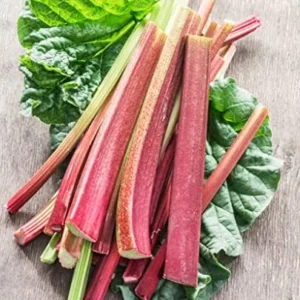 Rhubarb Plants: 5 Live Heirloom Roots for Planting
Rhubarb Plants: 5 Live Heirloom Roots for Planting 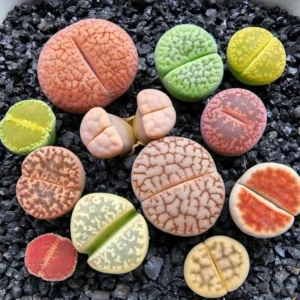 Lithops Live Plants Mix - 20 Colorful Living Stones Succulents
Lithops Live Plants Mix - 20 Colorful Living Stones Succulents 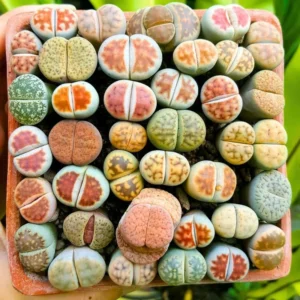 Lithops Live Plants - 20 Mixed Succulent Living Stones Cactus Flowers
Lithops Live Plants - 20 Mixed Succulent Living Stones Cactus Flowers 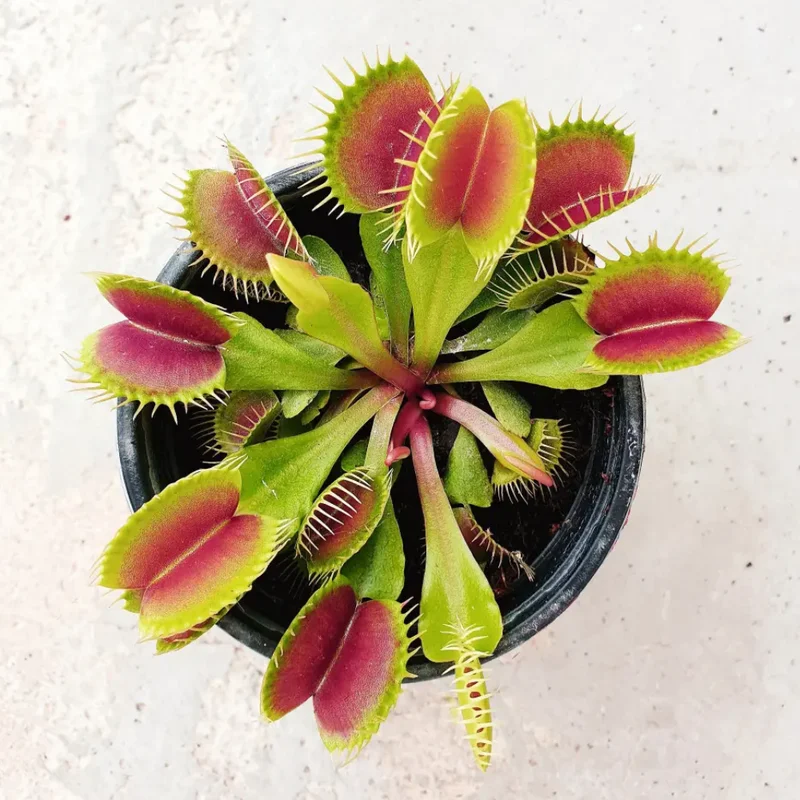
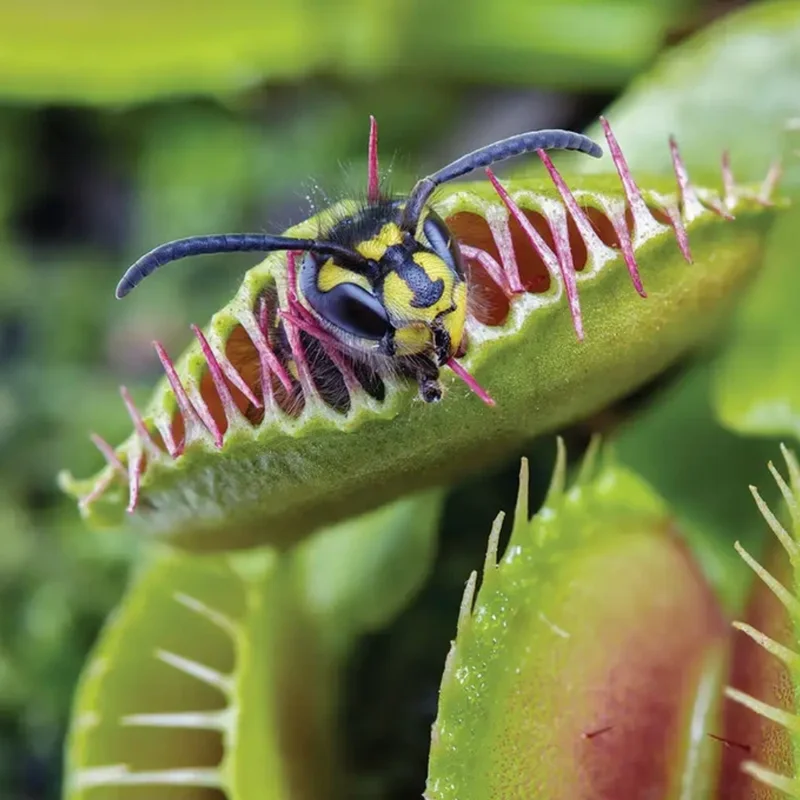
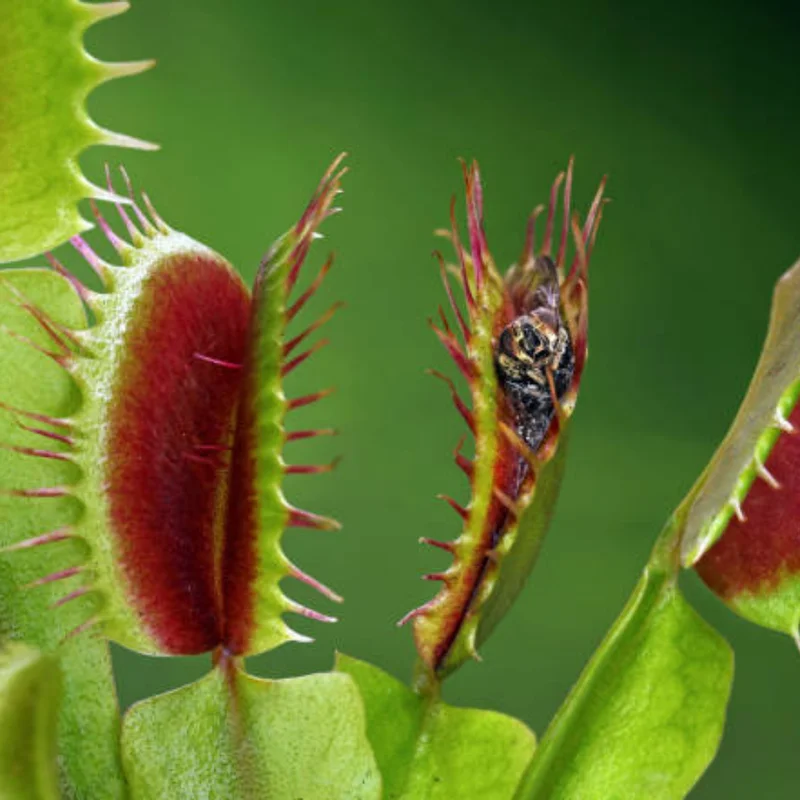
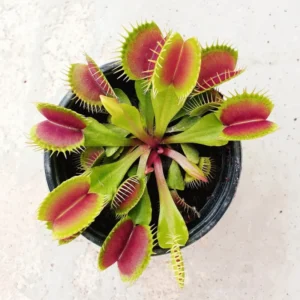
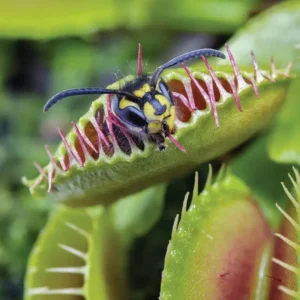
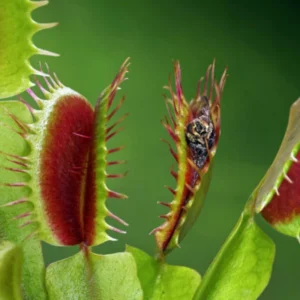

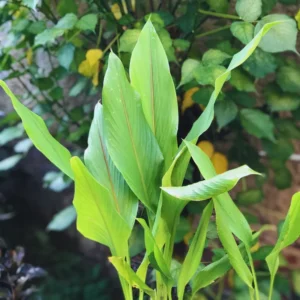

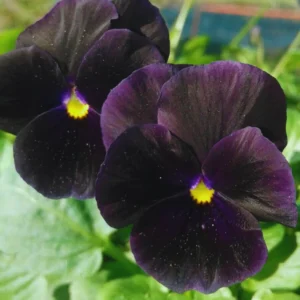
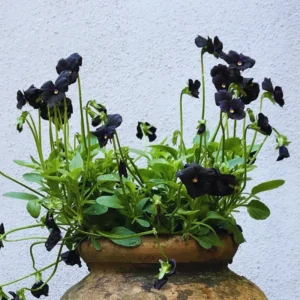
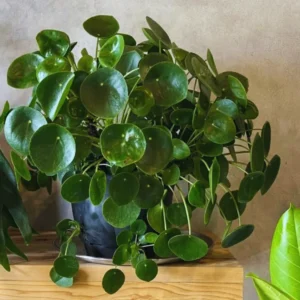
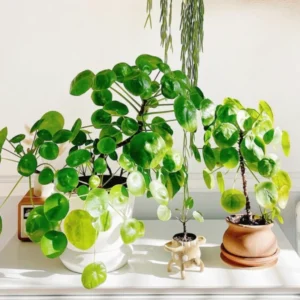
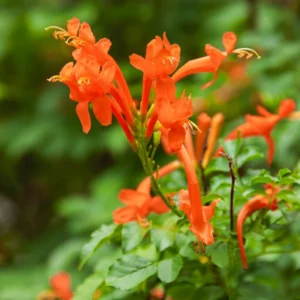
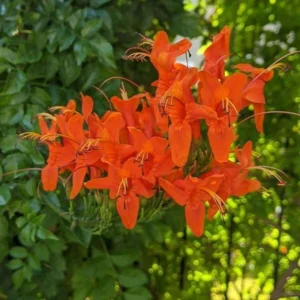
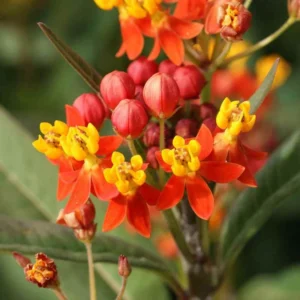
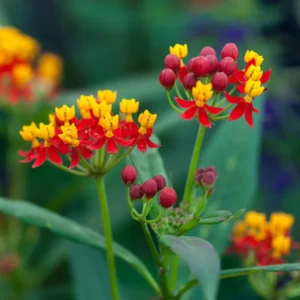
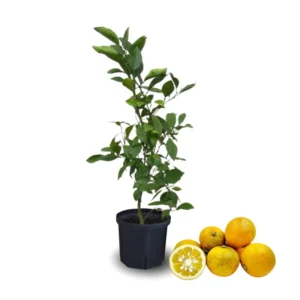
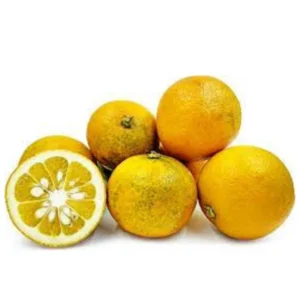
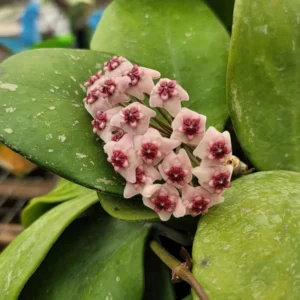
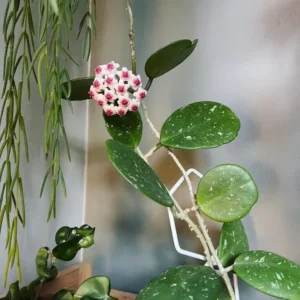
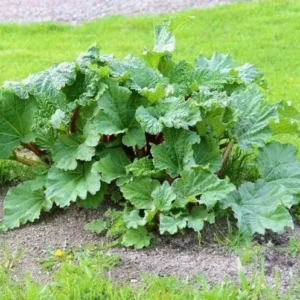

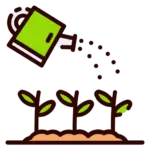

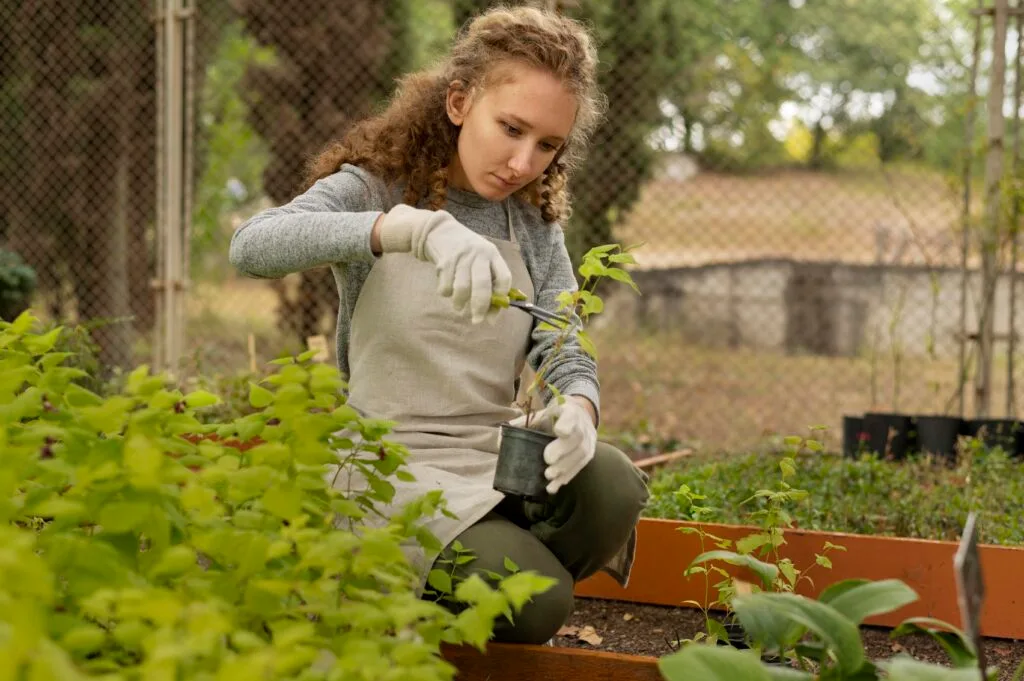
Reviews
There are no reviews yet.